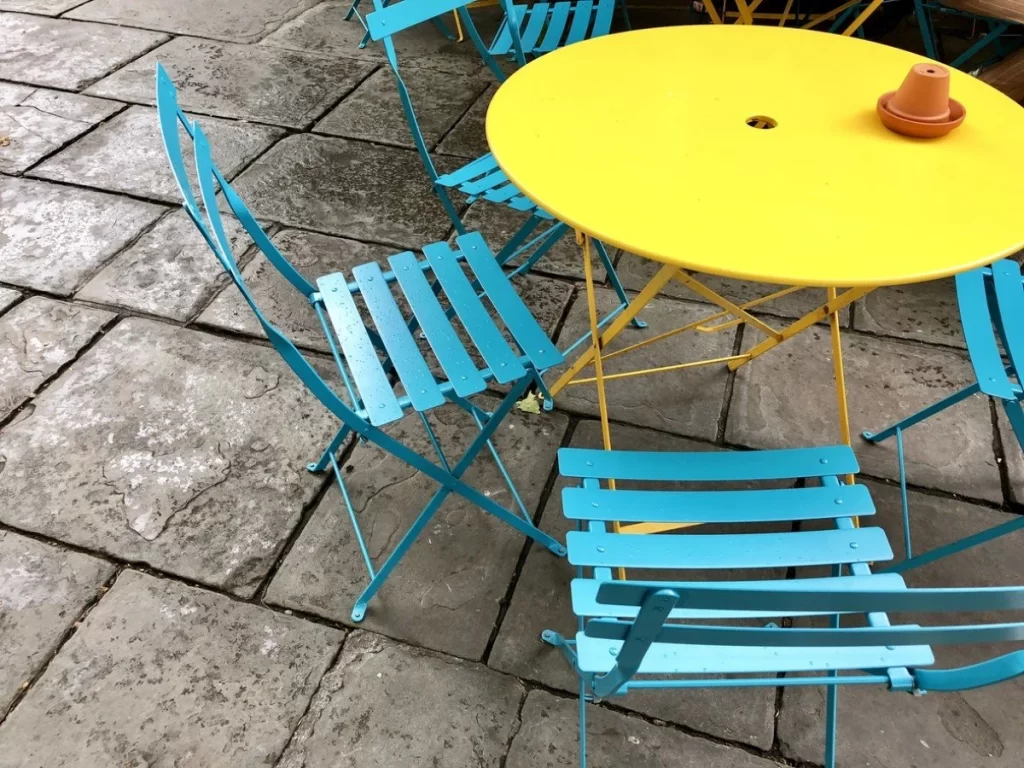
Introduction
{Understanding Latex Paint} Latex paint, also known as acrylic paint, is a versatile and popular choice for interior and exterior surfaces due to its ease of application, quick drying time, and low odor. Typically used on materials such as drywall, wood, and plaster, latex paint offers a wide range of colors and finishes to suit various decorating preferences.
The Challenge of Painting Metal Surfaces
Painting metal surfaces poses unique challenges due to their smooth, non-porous nature and susceptibility to rust and corrosion. Achieving proper adhesion and long-lasting results requires careful surface preparation and selection of appropriate paint products and techniques.
Exploring the Feasibility of Latex Paint on Metal
Despite its widespread use on other substrates, there is uncertainty surrounding the suitability of latex paint for metal surfaces. In this article, we delve into the feasibility of using latex paint on metal, exploring preparation methods, application techniques, benefits, limitations, and practical considerations for achieving successful results.
Preparation of the Metal Surface
Cleaning and Degreasing
Before applying latex paint to metal, thorough cleaning and degreasing of the surface are essential to remove dirt, grease, and other contaminants that can hinder paint adhesion. This process can be accomplished using a mild detergent solution, followed by rinsing with water and allowing the surface to dry completely. Proper surface preparation ensures optimal adhesion and enhances the longevity of the paint finish.
Sanding and Priming
To promote adhesion and prevent paint peeling or flaking, sanding the metal surface is recommended to create a suitable texture for the paint to grip onto. This can be achieved using fine-grit sandpaper or a sanding block to roughen the surface slightly. Additionally, applying a metal primer before painting helps seal the surface, prevent rust and corrosion, and provide a stable base for the paint to adhere to. Choosing the right primer formulation is crucial for compatibility with latex paint and ensuring long-lasting results.
Choosing the Right Primer
When selecting a primer for metal surfaces, it is essential to choose a product specifically formulated for use on metal substrates. Metal primers typically contain rust-inhibiting additives and adhesion promoters to ensure proper bonding with the paint. Opting for a high-quality primer that is compatible with latex paint helps achieve optimal results and prolongs the life of the painted surface.
Application of Latex Paint
Selecting High-Quality Latex Paint
When painting metal surfaces with latex paint, it is essential to choose a high-quality product specifically designed for exterior or metal applications. Look for latex paints formulated with durable acrylic resins and weather-resistant additives to withstand exposure to the elements and provide long-lasting protection. Consulting with a knowledgeable paint specialist can help ensure the selection of the right paint product for your specific project needs.
Applying Multiple Coats
Achieving a durable and aesthetically pleasing finish on metal surfaces requires applying multiple thin coats of latex paint rather than a single thick layer. This allows for better coverage, improved adhesion, and enhanced durability. Be sure to allow each coat to dry thoroughly before applying the next, and avoid overworking the paint to prevent streaks or uneven coverage. Following proper application techniques helps achieve a smooth, professional-looking finish that withstands the test of time.
Finishing Touches
Once the final coat of latex paint has been applied and allowed to dry completely, applying a protective sealant or topcoat helps enhance the durability and longevity of the painted surface. Choose a clear sealant formulated for exterior or metal applications to provide additional protection against UV rays, moisture, and environmental damage. Additionally, adding decorative elements or accents can enhance the aesthetic appeal of the painted metal surface, further personalizing the finished result.
Benefits and Limitations
Advantages of Using Latex Paint on Metal
Using latex paint on metal surfaces offers several advantages, including ease of application, quick drying time, and low odor. Latex paint is readily available in a wide range of colors and finishes, allowing for creative expression and customization. Additionally, latex paint is water-based and has low volatile organic compound (VOC) content, making it a more environmentally friendly option compared to solvent-based paints.
Potential Drawbacks and Challenges
Despite its versatility, using latex paint on metal surfaces may pose some challenges and limitations. Adhesion issues can occur if proper surface preparation is not performed, leading to paint peeling or flaking over time. Additionally, latex paint may not be as durable as oil-based paints in high-traffic or harsh environments, requiring more frequent maintenance and touch-ups. In applications where high heat or extreme temperatures are a concern, latex paint may not provide adequate protection or longevity.
Mitigating Risks and Maximizing Results
To mitigate the risks associated with using latex paint on metal surfaces, it is crucial to follow proper surface preparation, priming, and application techniques. Thorough cleaning, sanding, and priming ensure optimal adhesion and durability of the paint finish. Choosing high-quality latex paint and sealants formulated for metal applications further enhances protection and longevity. Regular maintenance and care, such as cleaning and touch-ups, help preserve the integrity and appearance of the painted metal surface over time.
Conclusion
In conclusion, while using latex paint on metal surfaces requires careful consideration and preparation, it is indeed feasible to achieve successful results with proper techniques and materials. By following best practices for surface preparation, priming, and application, homeowners can enjoy the benefits of latex paint, including ease of use, quick drying time, and low odor, while achieving durable and aesthetically pleasing finishes on metal surfaces. With careful attention to detail and ongoing maintenance, latex paint can provide long-lasting protection and enhance the appearance of metal structures, fixtures, and furnishings.



